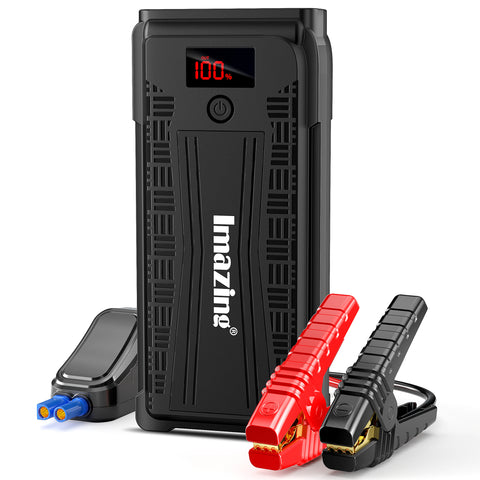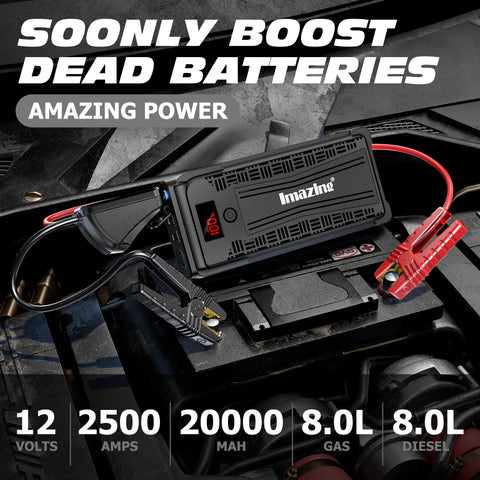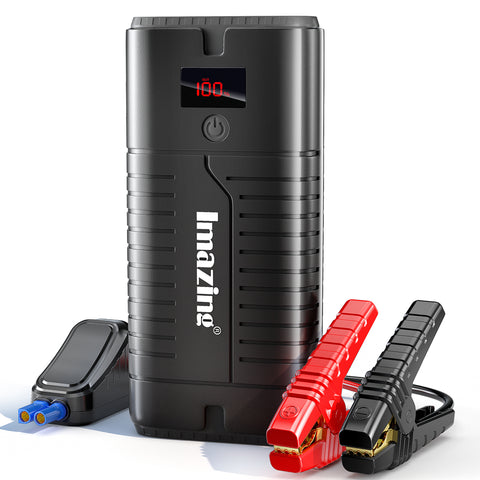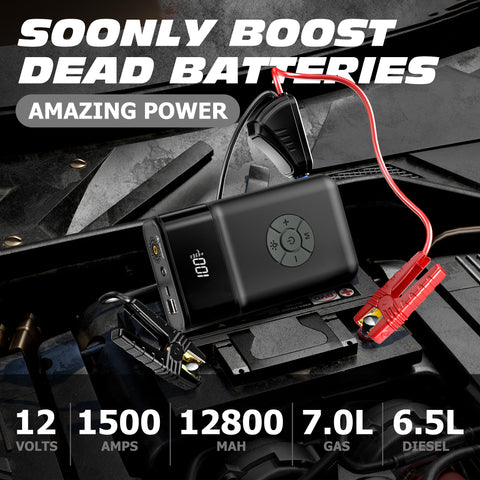Best Way to Charge Apple MacBook: Tips & Tricks
There is a lot of confusion surrounding battery charging practices when it comes to MacBook devices or any laptops in general. If you are not sure of how to manage your MacBook’s battery charging cycles, you could pick up these pointers to ensure you get the most longevity possible out of your investment. Unlike older battery technologies, Li-On batteries that are seen in any MacBook do not have a “memory effect”. You do not need to care for them meticulously and you can leave your charger plugged in all the time if you want to.
Most Li-On batteries are rated for anything between 500 to 1000 recharge cycles. However, Apple’s batteries are rated for 1000 recharge cycles should be good enough for a couple of years of usage even if you use your MacBook extensively. The term cycles can be quite confusing as recharging a battery halfway doesn’t mean you spent an entire recharge cycle. A cycle refers to using 100% of the total charge and recharging it back.
The short version of the whole thing is that you do not have to worry about decreased battery life. One thing that is normal with all Li-On batteries is that the battery capacity degrades over time and there is nothing you can do to prevent it. Wear and tear through regular usage brings down the battery life and you will see about a 20% decrease in performance compared to the battery life you get out-of-the-box.
By the time your battery life is fully depreciated it is very likely that you will be getting a new MacBook anyway. All you need to do is not keep your MacBook plugged in when you are not using it and you should be good to go. In case you want to keep using your MacBook after your battery degrades, you can consider getting a battery replacement directly from Apple.













